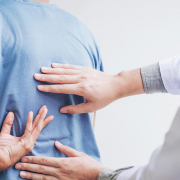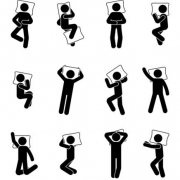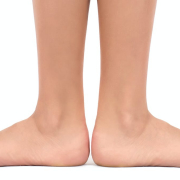Monia Lusini comments on a recently published study about patient’s perception of back pain
“How well can the clinician appreciate the patient’s perception of the severity and impact of their back problem?” was recently published in the European Spine Journal. The study was carried out in two collaborating centres (in Switzerland and Italy) and involved five consultant spine specialists and 108 of their patients who had presented for treatment due to a low back disorder.
This cross-sectional study compares patients’ and physicians’ ratings made on the same day of the consultation for treatment.
Let’s make a premise. Good doctor-patient communication allows patients to share vital information regarding the nature of their problem, which is essential for an accurate diagnosis.
“Effective communication has been associated with improvements in patient satisfaction, greater adherence to treatment plans, better and more appropriate medical decisions, and improved clinical outcomes, ” explains Dr. Monia Lusini, an orthopaedic doctor and one of the research study’s authors. One of the main concerns of patients with back problems is typically their back and/or leg pain (together with its origin) and its impact on their function and quality of life. These subjective data must be considered during the visit so that the specialist can verify their impact on the patient’s daily life and decide on the best treatment path.”.
The study evaluated the agreement between clinicians’ and patients’ independent ratings of patient status on the Core Outcome Measures Index (COMI). The Core Outcome Measures Index for the back (COMI back) is a short, validated, multidimensional outcome instrument with excellent clinimetric properties.
The study shows that doctors could ascertain the location of the main complaint of their patients with good accuracy; however, they systematically underestimated the severity of the patient’s leg pain and dissatisfaction with their current symptom state and overestimated how much the patient’s function was impaired.
This is probably because at the time of the visit, the patient is no longer in the acute phase of pain and functional impotence that he was forced to experience in the previous days, but the memory is still vivid. Often, it is the patient himself who is amazed at how he can move during the visit compared to just a day or two before.
The COMI questionnaire is, however, fundamental for these patients to understand the difference in quality of life and pain before and after the prescribed and performed therapy.
“More detailed or direct questioning on these domains during the consultation might deliver a better appreciation of the impact of the back problem on the patient’s daily life,” concludes Dr. Lusini.”



